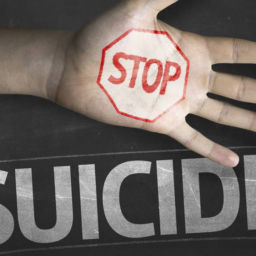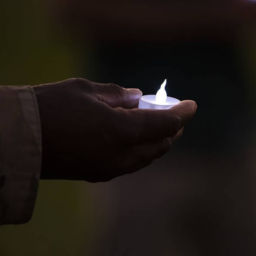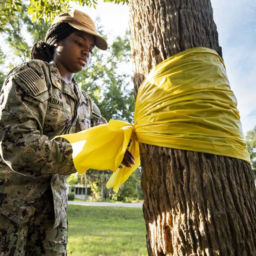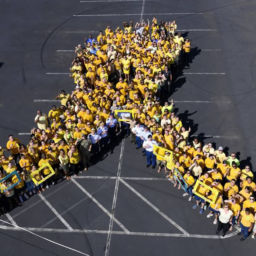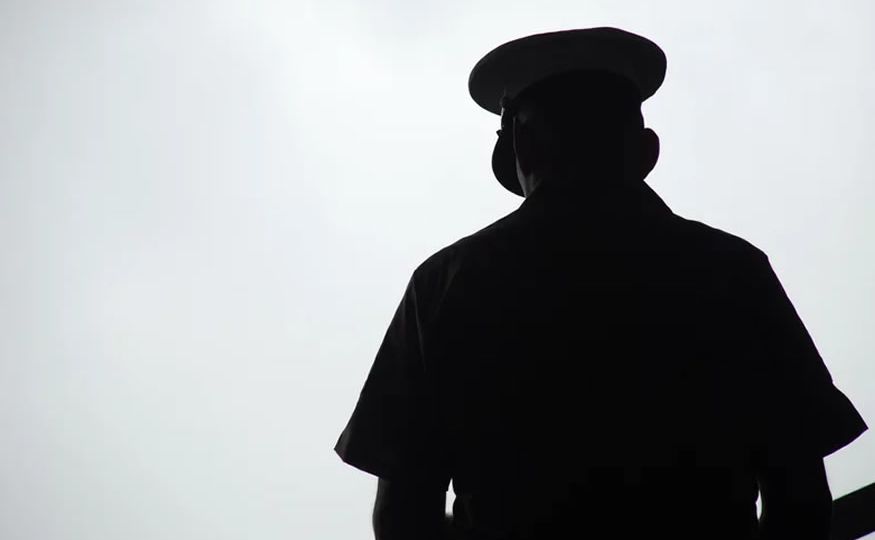
Article originally posted on the NPS website – View
Article Author – Joe Hernandez
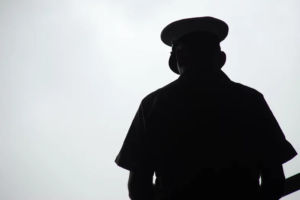
A new report on U.S. military deaths contains a stark statistic: An estimated 7,057 service members have died during military operations since 9/11, while suicides among active duty personnel and veterans of those conflicts have reached 30,177 — that’s more than four times as many.
The data highlights the divide between the dangers posed by war and the persistent mental health crisis in not only the military but the country at large.
“Even the very conservative estimate that I came up with, it’s horrifying,” Thomas Suitt, who wrote the paper for Brown University’s Cost of War Project, said in an interview with NPR. “We should really, really care.”
As administration after presidential administration attempts to get a handle on the ongoing suicides by members of the military, the paper highlights some of the reasons why people in the armed forces appear to be taking their lives at higher rates, though experts say the root causes of the crisis remain elusive.
What is driving suicides by those in the military
The trauma of being in combat or the crisis of conscience that some service members struggle with can cause mental health issues, but Suitt suggested that military conflicts since the Sept. 11, 2001, terrorist attacks are in some ways very different from previous wars.
For example, he said the prevalence of improvised explosive devices, or IEDs, creates an atmosphere of fear among service members and the possibility of traumatic brain injuries if they are hurt in an explosion. Modern medical advances have made it possible for service members to survive more serious injuries and even be redeployed. (The number of deaths in military operations Suitt calculated includes fatalities in combat as well as accidents and illnesses.)
There are reasons why a service member who never saw combat might develop mental health issues related to their time in the military, too.
Diminished public support for the country’s ongoing wars, a sexual assault epidemic in the military’s ranks, a “masculine” military culture, and easier access to firearms may also contribute to the spike in suicides, Suitt suggested.
Carl Castro, a professor at the University of Southern California who served 33 years in the U.S. Army, said that while the reasons listed in the paper are risk factors for suicide, the science is less clear on what actually drives people to end their lives.
“If we’re really going to tackle the problem of suicide in America, in the world, in the military, we’ve got to approach this from a more disciplined framework,” he said.
There is also the sheer length of post-9/11 military conflicts. The war in Afghanistan has been going on since 2001, the longest war in U.S. history.
“I spoke with veterans [whose] sons are now serving in the same war that they served in,” Suitt said.
Retired Lt. Gen. Joseph Anderson agreed that the post-9/11 era was unique for the high number of deployments many service members faced during the protracted conflicts.
“The phenomenon of coming home, going into reintegration, watching units get taken down and rebuilt only to go deploy again,” he said, “that cycle over all these years is unprecedented.”
Anderson also said the asymmetric warfare characteristic of post-9/11 conflicts and the threat of insider attacks made those redeployments even more stressful on men and women in uniform.
“That wears on anyone over time, when you never quite know if you are in a quote-unquote safe environment or not,” he said.
There is disagreement over whether military suicides are rising
Suitt said the rate of suicides among active duty service members and post-9/11 veterans is outpacing the suicide rate of the civilian population, a trend he called a “significant shift.”
The only other time that has occurred was during the Vietnam War, Suitt noted, adding that military suicide rates during previous conflicts have even been lower than those of the general population.
But in a statement to NPR, Department of Defense spokesperson Lisa Lawrence said “military suicide rates typically are comparable with the U.S. adult population” when adjusted for age and sex.
“Over time, suicide deaths have increased in the broader U.S. general population. Our Service members are not immune to trends that occur in society,” she said.
Lawrence noted that young people and men were among the higher-risk groups for suicide in the country and also comprised a large part of the military population.
She said the Department of Defense continues to adapt its suicide prevention efforts and encourages members of the military community to seek help and eliminate the stigma around mental health issues.
“We owe this to our Service members and military families who do so much to defend our great Nation,” Lawrence added.
Anderson is also a board member at TAPS, an organization that provides support and resources to those grieving the death of a loved one who was in the military. He said it is crucial to keep current and former members of the military connected to each other.
He said that as a commander he has seen how getting support from those with similar experiences has helped those in crisis.
“Having watched how people have been able to change and adapt and adjust based on having that peer network is huge,” Anderson said.
Article originally posted on the NPS website – View
Article Author – Joe Hernandez


